Audience segmentation is a crucial strategy in 2024 for businesses aiming to deliver personalised marketing experiences. By dividing a broad target audience into smaller, more manageable segments, companies can tailor their messaging, products, and services to meet specific needs. This approach enhances customer satisfaction and drives better results across marketing campaigns. In this practical guide, we’ll explore the complete process of audience segmentation and how to implement it effectively in your marketing strategy for 2024.
What is Audience Segmentation?
Audience segmentation is the process of dividing a broad audience into smaller, more manageable groups based on shared characteristics. This technique allows marketers to tailor their messages and strategies to specific segments, improving the relevance and effectiveness of their campaigns. By segmenting the audience, businesses can better understand the unique needs, preferences, and behaviours of different groups, leading to more personalised and impactful marketing efforts.
In 2024, audience segmentation remains crucial for companies aiming to stay competitive in a rapidly evolving market. With the vast amount of data available, brands can leverage advanced tools and technologies to gain deeper insights into their audience. This process not only helps in targeting the right audience but also in maximising return on investment (ROI). Whether it’s demographic, psychographic, behavioural, or geographic segmentation, understanding and implementing these strategies are essential for achieving successful target audience segmentation
Types of Audience Segmentation
Audience segmentation is a powerful tool in marketing, allowing businesses to divide their audience into distinct groups based on specific characteristics. This segmentation helps in crafting tailored marketing strategies that resonate with each group. In 2024, understanding the various types of audience segmentation is crucial for success.
Demographic Segmentation
Demographic segmentation focuses on categorising the audience based on variables such as age, gender, income, education, and occupation. This method is one of the most traditional forms of audience segmentation in marketing. By targeting these specific groups, businesses can create personalised messages that appeal directly to their needs and preferences.
Geographic Segmentation
Geographic segmentation divides the audience based on location. It can be as broad as a country or as specific as a neighbourhood. This type of segmentation is essential for businesses looking to tailor their marketing strategies to local cultures, climate conditions, or regional trends. It ensures that the marketing efforts are relevant to the audience’s environment.
Psychographic Segmentation
Psychographic segmentation goes beyond basic demographics and focuses on the audience’s lifestyle, values, interests, and personality traits. By understanding the psychological factors that influence consumer behaviour, businesses can create more engaging and emotionally resonant campaigns. This type of audience segmentation in marketing helps in building a deeper connection with the audience.
Behavioural Segmentation
Behavioural segmentation categorises the audience based on their behaviour, such as purchasing habits, brand loyalty, and product usage. By analysing how different segments interact with a brand, businesses can identify opportunities to enhance customer experiences and drive conversions. This segmentation is especially useful in refining marketing strategies to target the right audience at the right time.
Technographic Segmentation
Technographic segmentation is becoming increasingly important in 2024. It involves dividing the audience based on their technology usage, such as the devices they use, software preferences, and online behaviour. As technology continues to shape consumer behaviour, understanding these aspects helps businesses tailor their digital marketing efforts to match the audience’s tech-savviness and preferences.
The Process of Audience Segmentation
Audience segmentation in marketing is a strategic approach that involves dividing a broad audience into smaller, more manageable groups based on specific characteristics. This process helps businesses create more personalised marketing strategies that resonate with different customer segments. Below is a step-by-step guide to effectively implement audience segmentation in 2024.
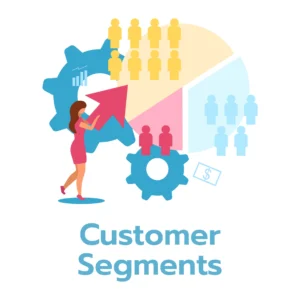
Step 1: Data Collection
The first step in audience segmentation is gathering data from various sources. This can include surveys, website analytics, and CRM systems. The more diverse the data, the better the insights you can gather about your audience. Collecting comprehensive data is crucial to understanding customer behaviour and preferences.
Step 2: Data Analysis
Once the data is collected, the next step is to analyse it. Using tools and techniques such as data visualisation, statistical analysis, and machine learning can help identify patterns and trends. This analysis is essential to gain actionable insights that will inform the segmentation process.
Step 3: Identifying Segments
After analysing the data, the next step is to define criteria for creating segments. Audience segmentation in marketing often involves factors like demographics, psychographics, and behaviour. By identifying distinct groups within your audience, you can create more targeted and effective marketing strategies.
Step 4: Profiling Segments
Once segments are identified, it’s time to develop detailed profiles for each one. This involves creating in-depth descriptions that include their preferences, needs, and challenges. Profiling your segments helps in crafting personalised messages and offers that resonate with each group.
Step 5: Targeting Segments
With detailed profiles in place, the next step is selecting the segments to focus on. This decision should align with your business goals and resources. Targeting specific segments allows you to allocate your marketing efforts more effectively and achieve better results.
Step 6: Implementing Strategies
Now that you have identified and targeted your segments, it’s time to implement tailored marketing strategies. Whether it’s personalised content, targeted ads, or specific product offerings, the key is to ensure that each strategy is aligned with the needs and preferences of the selected segments.
Step 7: Monitoring and Optimization
The final step in audience segmentation is continuously monitoring the performance of your strategies. Regularly reviewing key metrics and making necessary adjustments will help you optimise your efforts and ensure that your marketing remains effective and relevant over time.
Tools and Techniques for Effective Audience Segmentation
To achieve precise audience segmentation in marketing, leveraging the right tools and techniques is essential. This process involves combining data analytics, AI and machine learning, and customer feedback to create detailed and actionable segments.
Data Analytics Tools
Utilising data analytics tools like Google Analytics and CRM systems can significantly enhance your audience segmentation efforts. Google Analytics provides valuable insights into user behaviour, helping marketers identify patterns and trends. CRM systems allow you to track customer interactions and preferences, enabling more personalised marketing strategies.
AI and Machine Learning
Artificial Intelligence (AI) and Machine Learning (ML) are transforming audience segmentation in marketing. These technologies enable deeper insights by analysing large datasets, predicting customer behaviour, and automating the segmentation process. AI and ML allow for real-time adjustments, ensuring that your segments remain relevant and effective.
Customer Surveys and Feedback
Gathering direct feedback from customers through surveys and reviews is another critical component of effective audience segmentation. This approach provides firsthand insights into customer needs and preferences, helping you refine your segments. Regularly collecting and analysing feedback ensures that your segmentation aligns with evolving customer expectations.
FAQs For The Complete Process of Audience Segmentation 2024: A Practical Guide
1. What is Audience Segmentation?
Audience segmentation is the process of dividing a broad audience into smaller, more defined groups based on shared characteristics or behaviours. This strategy allows marketers to tailor messages and campaigns to specific segments, enhancing relevance and engagement. By analysing factors such as demographics, interests, and purchasing behaviour, businesses can create targeted strategies that address the unique needs and preferences of each segment. Effective audience segmentation improves marketing efficiency, drives better results, and fosters stronger connections with customers, ultimately leading to increased conversion rates and customer satisfaction.
2. How can audience segmentation enhance your inbound marketing efforts?
Audience segmentation refines your inbound marketing by targeting specific groups within your audience with tailored content. By dividing your audience based on demographics, behaviours, and preferences, you can create personalised messages that resonate more deeply with each segment. This approach increases engagement rates, boosts conversion rates, and enhances overall customer satisfaction. Effective audience segmentation ensures that your marketing efforts are efficient, reducing wasted resources and improving ROI. By addressing the unique needs and interests of each segment, you foster stronger relationships and drive better results from your inbound marketing strategies.
3. What is the importance of audience segmentation in 2024?
Audience segmentation is crucial in 2024 because it allows businesses to tailor their marketing efforts to specific groups within their broader target audience. This personalization enhances the relevance of marketing messages and increases engagement, leading to better customer satisfaction and higher ROI. With advanced tools and data analytics, businesses can create more precise and effective segments, making it essential for staying competitive in today’s market.
4. How can businesses collect data for audience segmentation?
Businesses can collect data for audience segmentation through various methods:
- Surveys: Gathering direct feedback from customers about their preferences and needs.
- Website Analytics: Tracking user behaviour and interactions on websites.
- CRM Systems: Capturing customer interactions and purchase history.
- Social Media: Analysing engagement and demographic data from social media platforms.
The more diverse the data sources, the more accurate and effective the segmentation.
5. What is the process of segmentation?
The process of segmentation involves several key steps:
- Data Collection: Gather data from sources like surveys, website analytics, and CRM systems.
- Data Analysis: Use tools and techniques to identify patterns and trends in the collected data.
- Identifying Segments: Define criteria to create distinct audience groups based on characteristics like demographics, behaviour, or psychographics.
- Profiling Segments: Develop detailed profiles for each segment, including their needs and preferences.
- Targeting Segments: Select specific segments to focus on based on business goals.
- Implementing Strategies: Apply tailored marketing strategies for each segment.
- Monitoring and Optimization: Continuously review performance and adjust strategies as needed.
Ready to take your brand to the next level? Connect with us today to explore how HT Media can amplify your presence across our diverse portfolio of 25+ brands and properties. Let's turn your brand vision into reality!
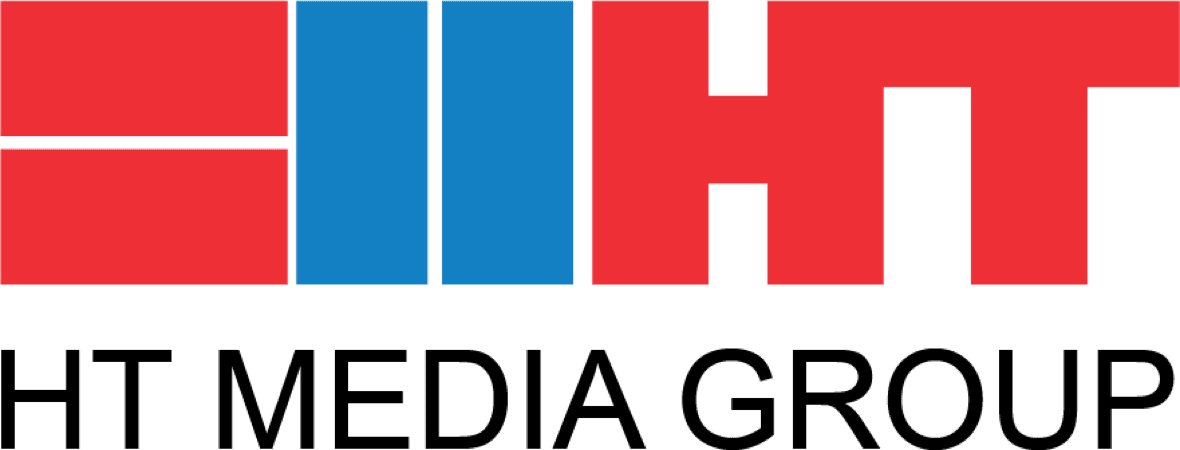
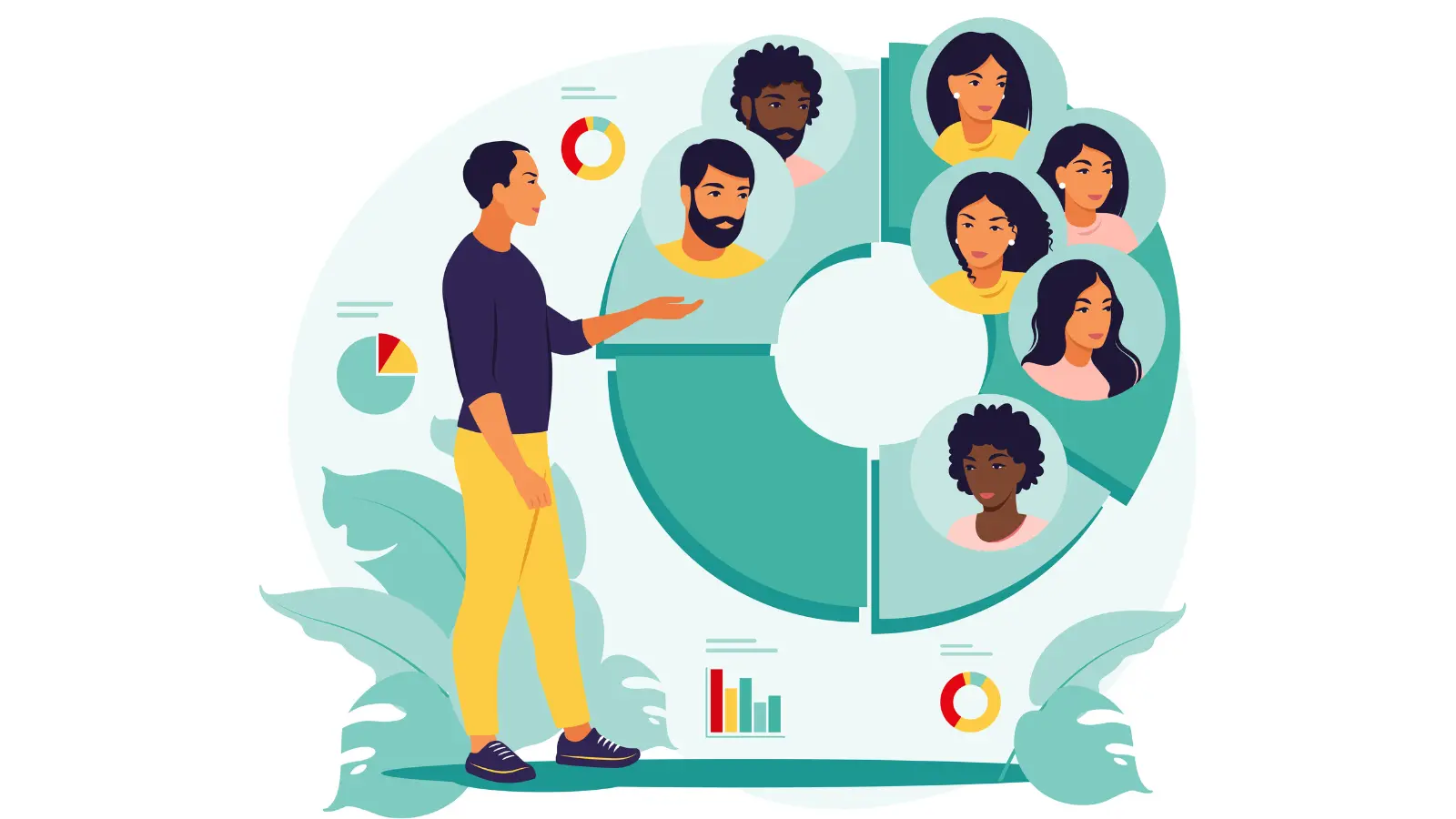


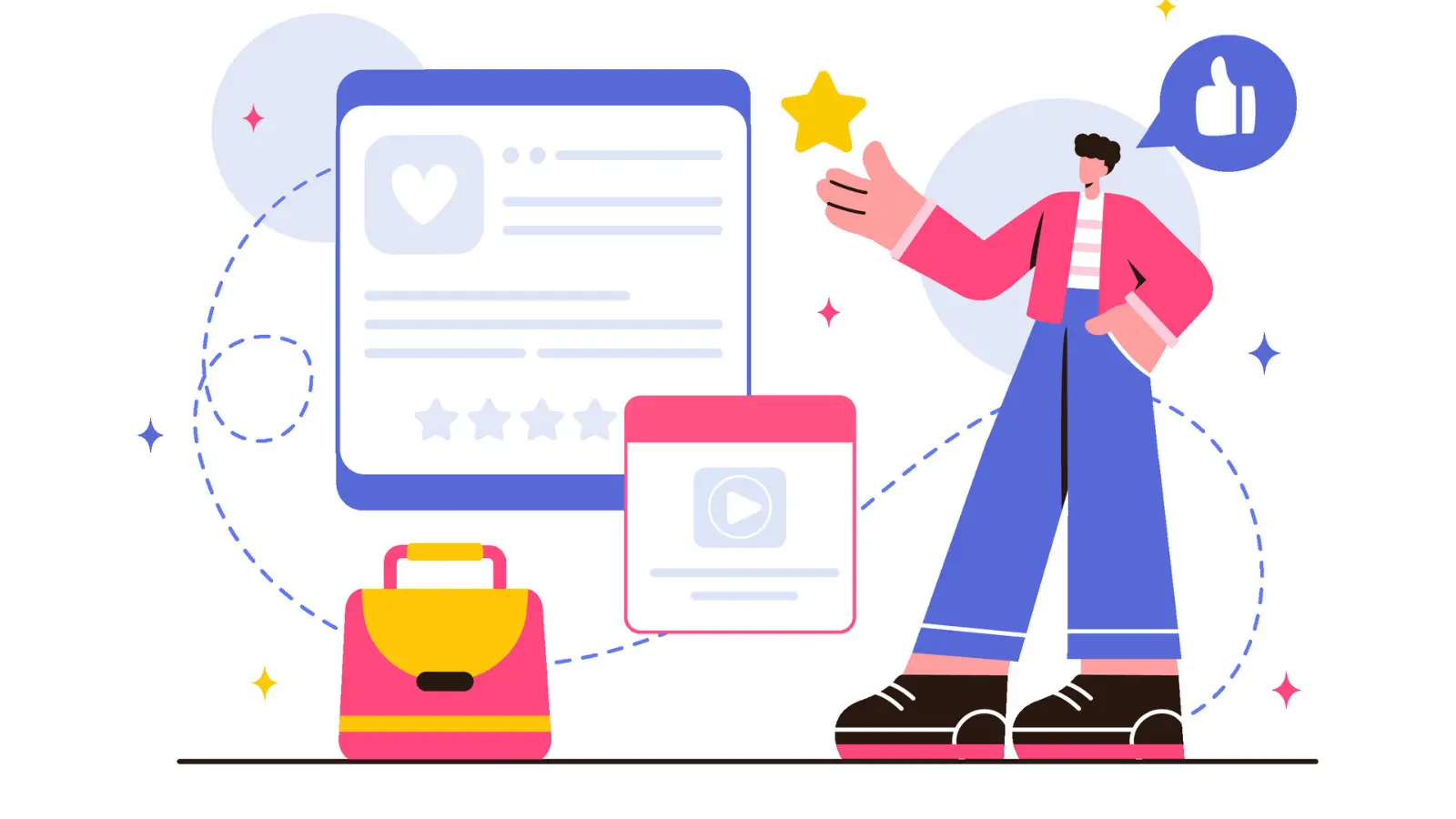




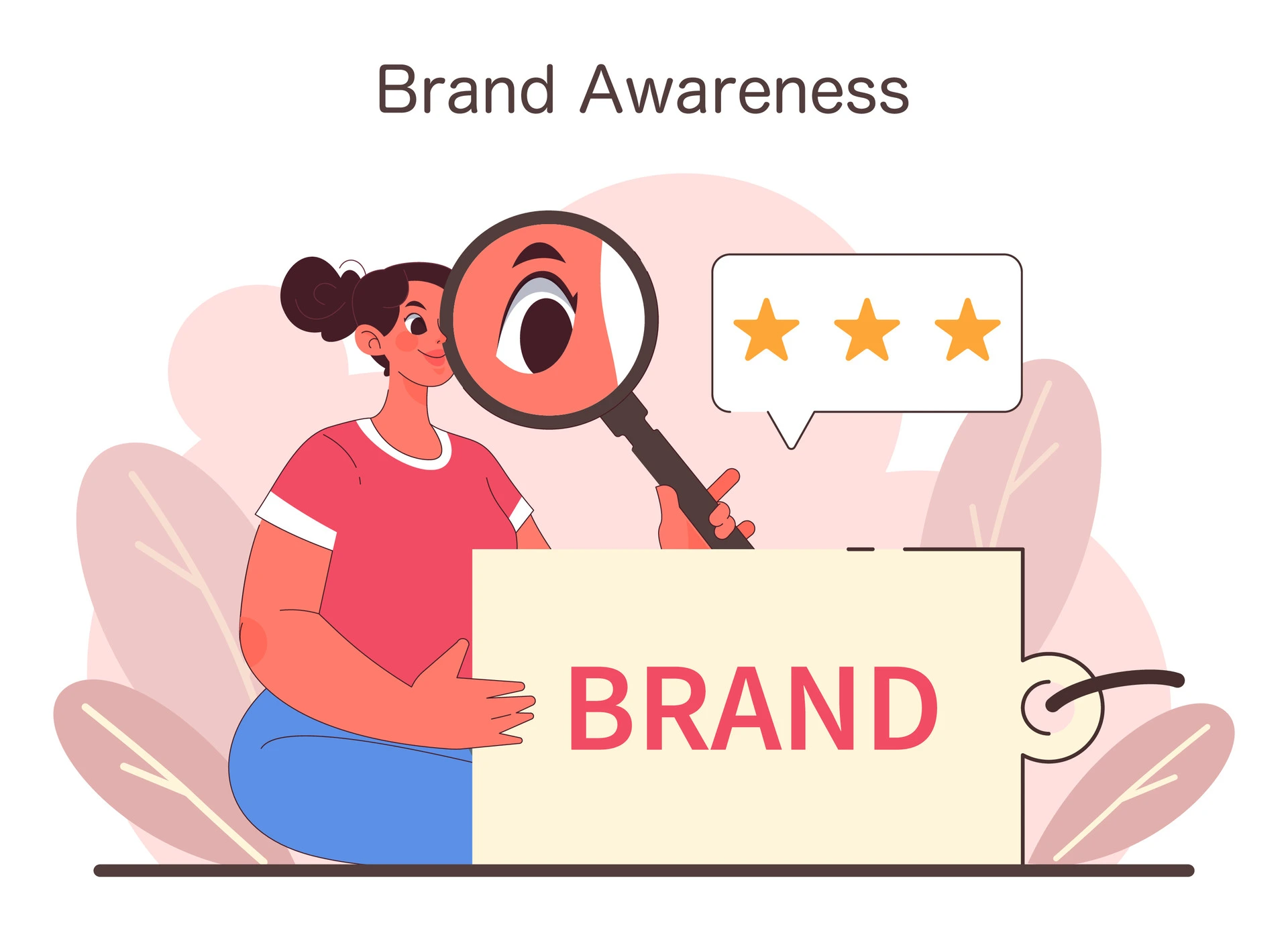





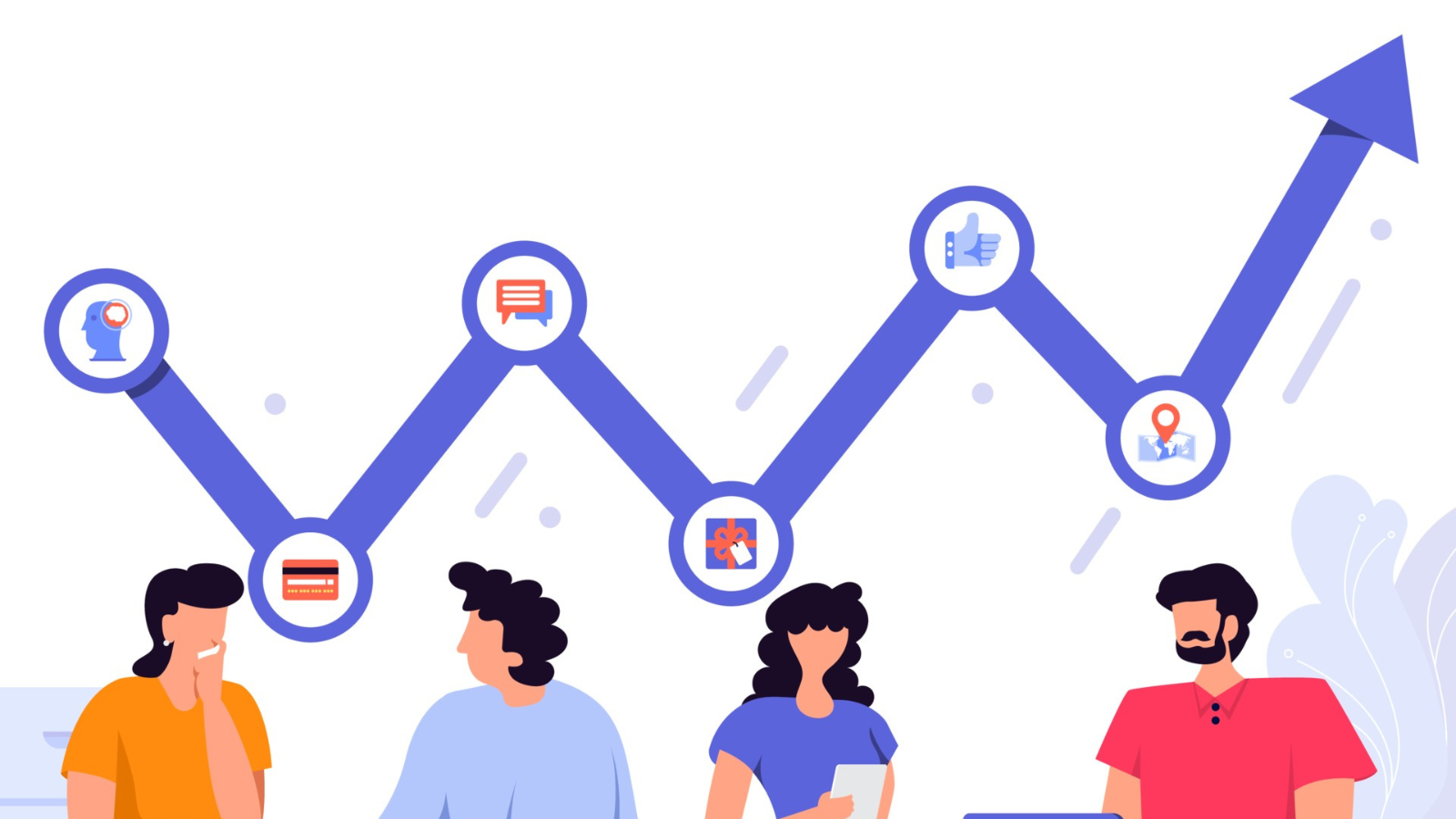


Comment